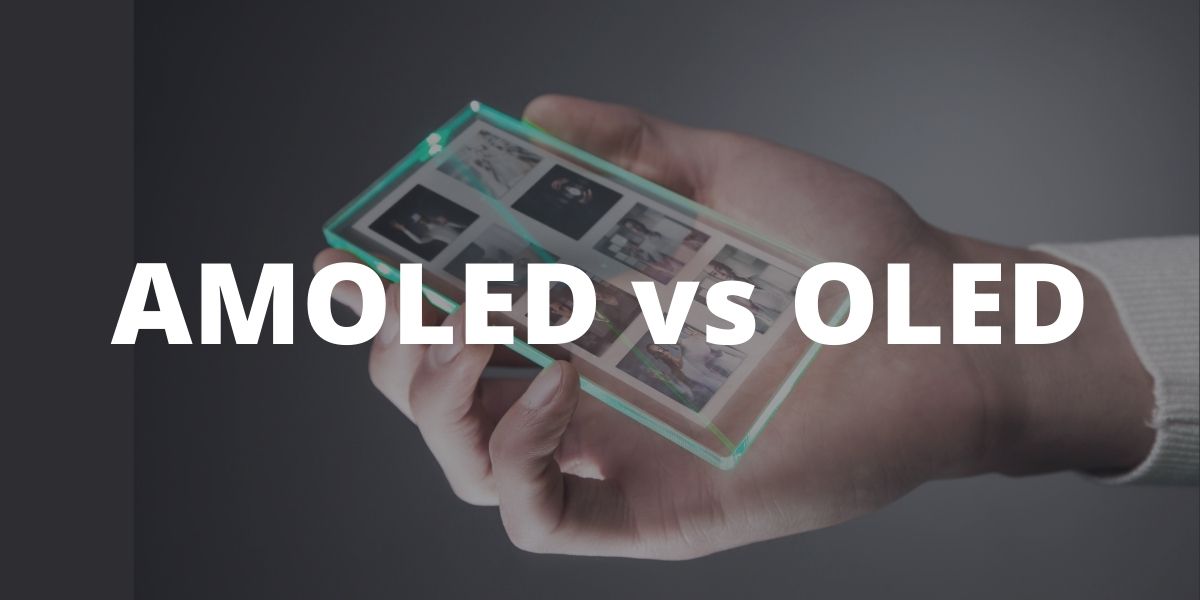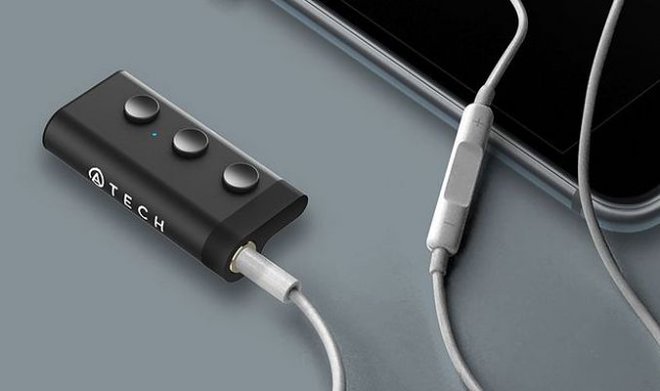There was a time when smartphones were a luxury. Almost everywhere, you’ll find someone casually swiping across your screen. People have included these gadgets in their lives that a day without a smartphone can be difficult for some people. A phone is not just a device for making and receiving calls, but more essential for a person to do more things. We will talk about the better showcase for your cell phone, AMOLED vs OLED.

As the smartphone market has evolved and evolved, so has the awareness and participation of people in it. In today’s day and age, you will not find someone who is just blindly going to buy a phone. Everyone who wants to buy goes through the same process, reviewing practically the same things. Screen size, battery, OS, memory, megapixels, it’s almost like a checklist every phone has to go through. If we talk about smartphones, then three technologies have been given in them.
All About AMOLED & OLED:
While we agree that these are all important things, today, we would like to direct our readers to consider another important factor that most people completely ignore: the screen type of smartphones. The main reason for this ignorance is that many people do not know the different types of screens, their benefits, and their drawbacks. So, today we bring you a comprehensive study about AMOLED vs OLED screens.
Let’s dive into our primary concern: AMOLED vs OLED.
Organic Light-Emitting Diode (OLED)
OLED stands for Organic Light Emitting Diode. It is a thin-film display technology that consists of OLED. It is an organic material that emits light when an electric current passes through it.
OLED displays much better blacks and consumes less power when displaying darker colors since OLEDs are not always individually electrified.
There are mainly two types of OLEDs:
PMOLED: PMOLED is easy and cheap to make, but they are inefficient and usually have a short lifetime. You can easily find it in small displays up to 3 inches.
AMOLED: Active Matrix Organic Light Emitting Diode is primarily powered by TFT, which contains a storage capacitor and therefore can support more extensive displays. Whenever you are dealing with AMOLED you will notice that there are no size restrictions and they work on the same fundamentals as the OLED.
Active Matrix Organic Light-Emitting Diode (AMOLED)
AMOLED means Active Matrix Organic Light Emitting Diode. It is touted as the next generation of Super AMOLED. The pixels that come with this display are lit individually. A TFT film on display, which passes electricity through an organic compound. This is a new technology in which IPS lags behind LCD in some aspects as well.
If we consider AMOLED technology, it uses cathode and anode, where electrons flow within a thin film. The strength of this flow of electrons is the determining factor in the brightness of the display. The color of the display is red, blue, and green LED. The intensity of each color LED will determine the color produced on the screen.
AMOLED and Super AMOLED will produce the colors. The main feature of OLED screens will be producing deep blacks by turning off the screen entirely.
AMOLED will gradually degrade in quality over time. But these are seeing performance improvements so that this effect can be avoided entirely. The cost of making this display is very high. The sharpness of the display also reduces if looked at very closely. Samsung is at the forefront of adopting this AMOLED display in its phones because the vibrancy and vivid colors are gorgeous, and the deep blacks are great. Super AMOLED differs from standard AMOLED, where it uses a thinner layer by integrating its touch sensor on display.
Schematic of an Active Matrix OLED Display
Typically an AMOLED display includes two TFTs on each pixel, one to start & stop the charging of the storage capacitor and the other to provide a constant voltage of current across the pixel.
Advantages
- Thinner and more flexible than LCDs
- Fast refresh rate
- No restriction on display size
- High contrast ratio
- Consumes less power when displaying dark colors.
Disadvantages
- No backlight hence poor performance under direct sunlight
- Bright color consumes more power.
- Use of Organic material
- Has a short lifespan.
AMOLED Vs OLED display
Smartphones also come with an OLED display and AMOLED, but what is the difference between these two? Let’s understand about AMOLED Vs OLED.
OLED means Organic Light-Emitting Diode (OLED) and AMOLED means Active-Matrix Organic Light-Emitting Diode (AMOLED). The view remains the same when viewing both OLED and AMOLED screens from any angle.
The AMOLED display is an upgrade to OLED display, so keep in mind that both OLED and AMOLED are part of the same display technology. Just AMOLED display is a superior version of OLED.
AMOLED displays perform better than OLED displays. AMOLED’s better color, brightness, fast response, lightweight, and design make it a little different from OLED.
We mentioned all the points related to AMOLED vs OLED.
Conclusion
LCDs have been around for a while; AMOLEDs are currently the new sporting thing on the market. AMOLED is essentially a type of OLED and an improved version of OLED, so there’s no question which one is better. The real question arises when comparing LCD to AMOLED. Which of the two is better as both have their pros and cons.
In our opinion, AMOLED vs OLED any day. It offers a better picture quality, faster refresh rate, higher contrast, higher brightness, higher resolution, better viewing angle, and more flexibility & lightweight.
So, it is not a question: AMOLED and OLED is better, but which one is higher by a margin. We hope that the next time you review a smartphone, you won’t have to overlook the type of display and instead factor it in when making a better choice.




11bmk
modafinil 100mg canada buy provigil pill purchase modafinil purchase provigil for sale order generic provigil 200mg order provigil 200mg generic buy provigil 100mg without prescription